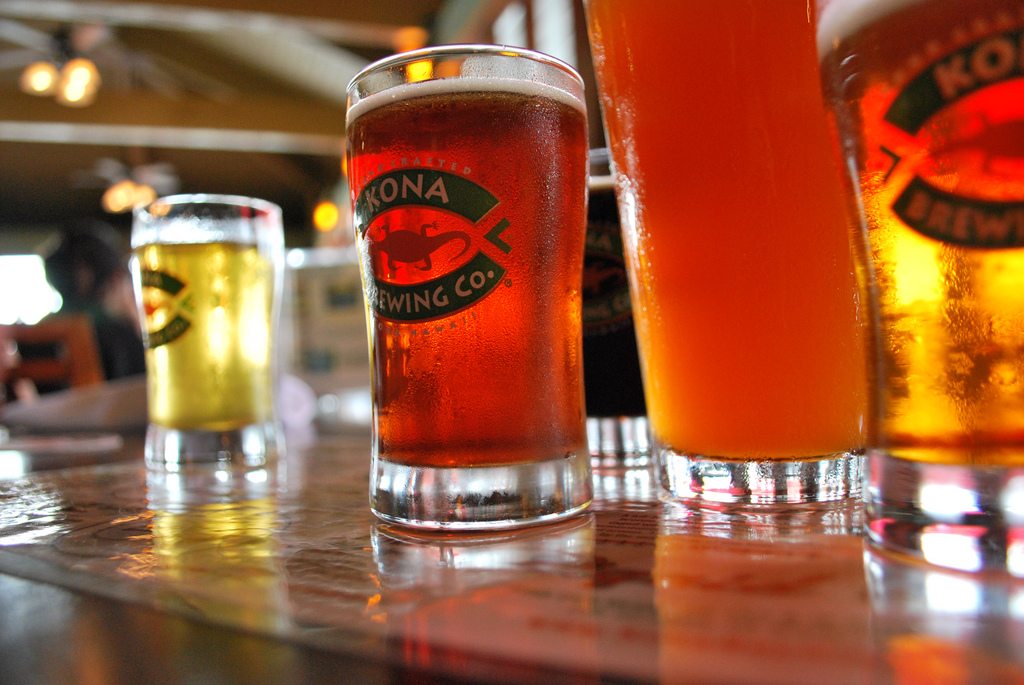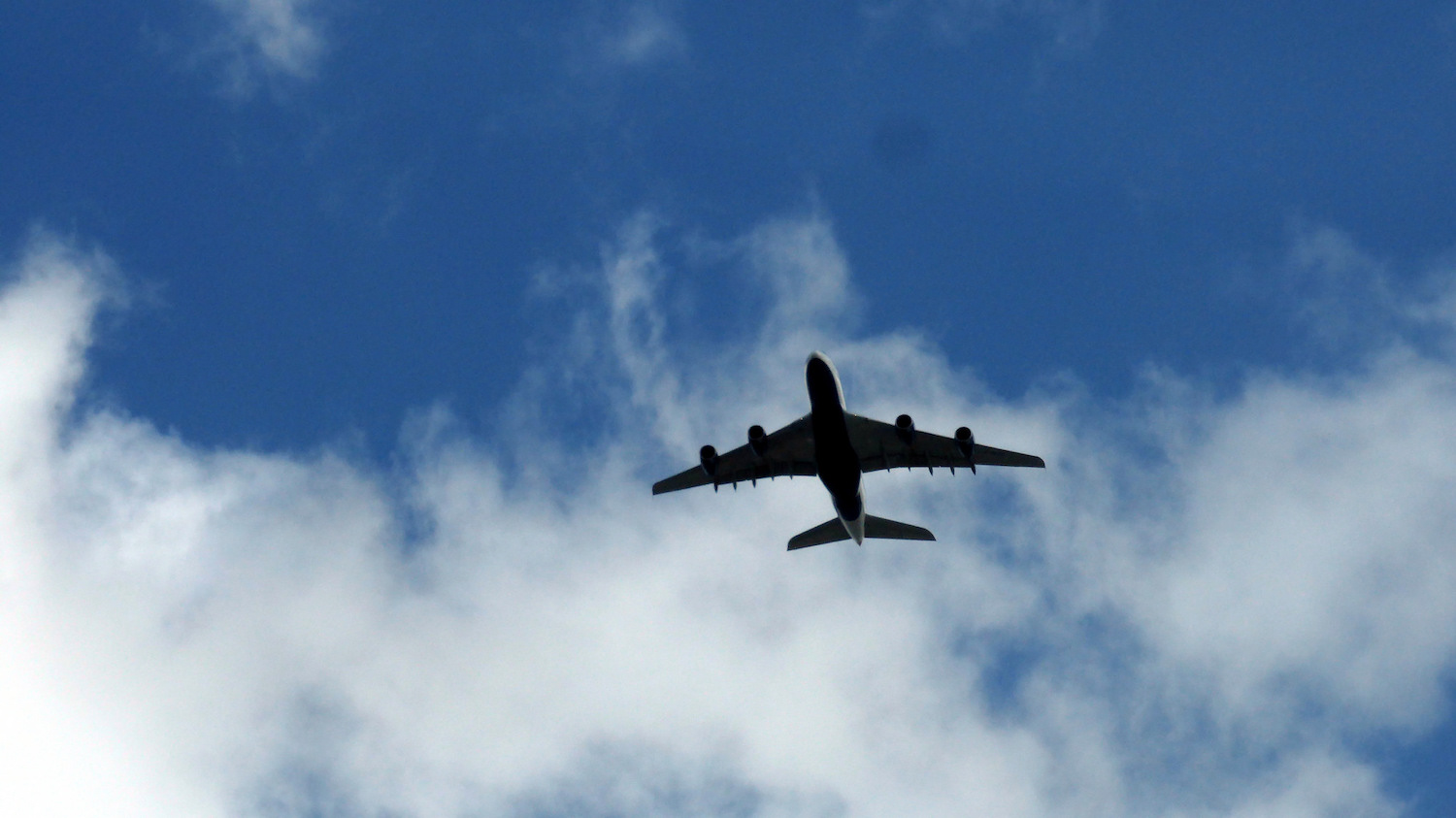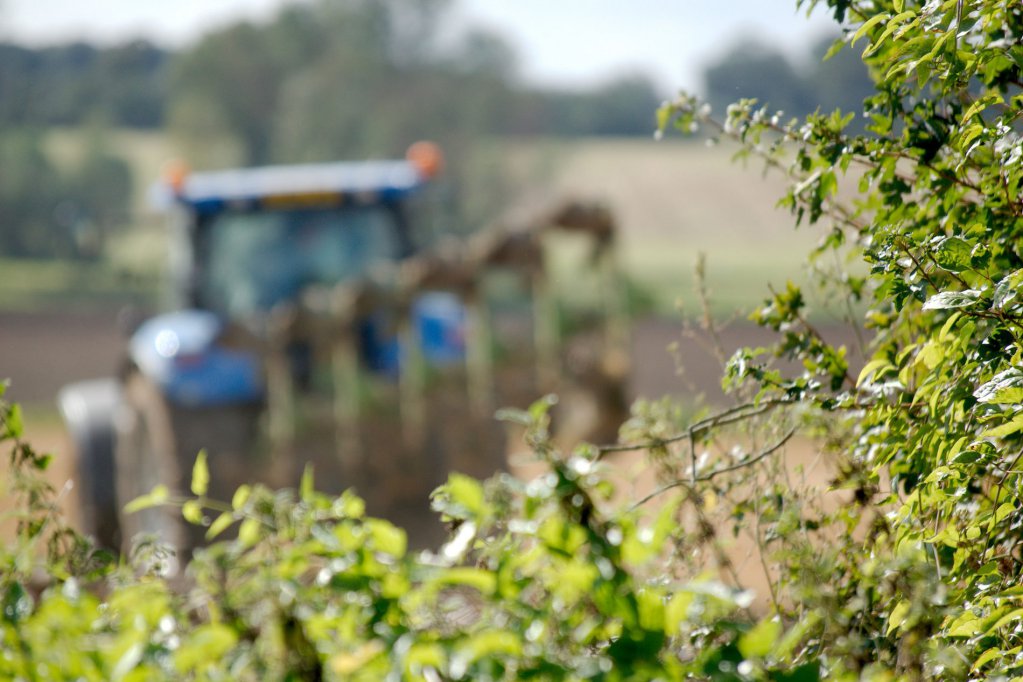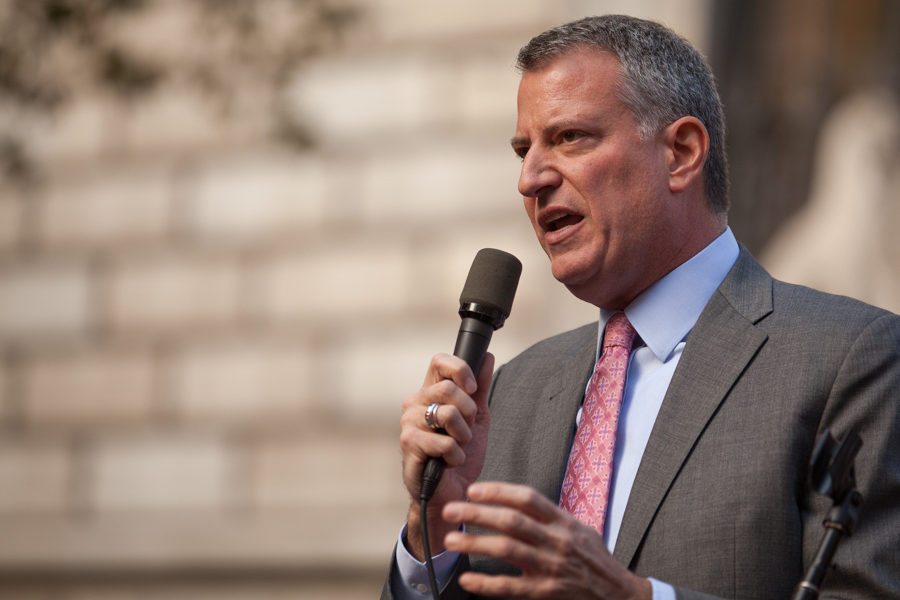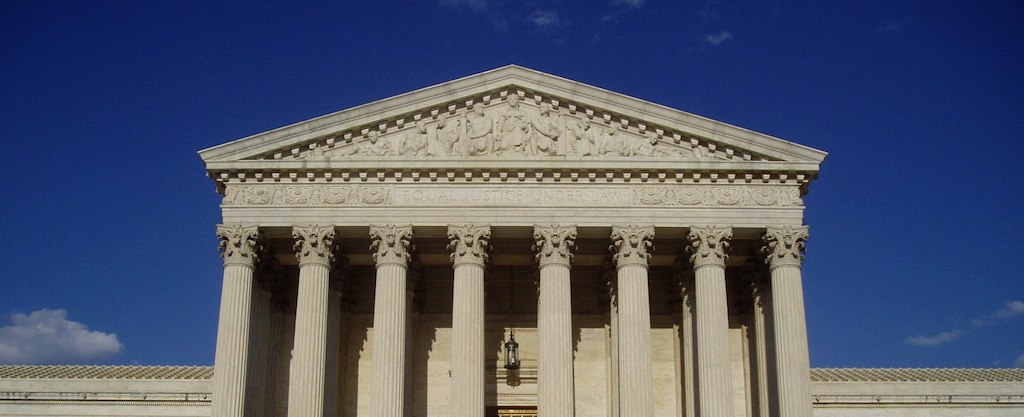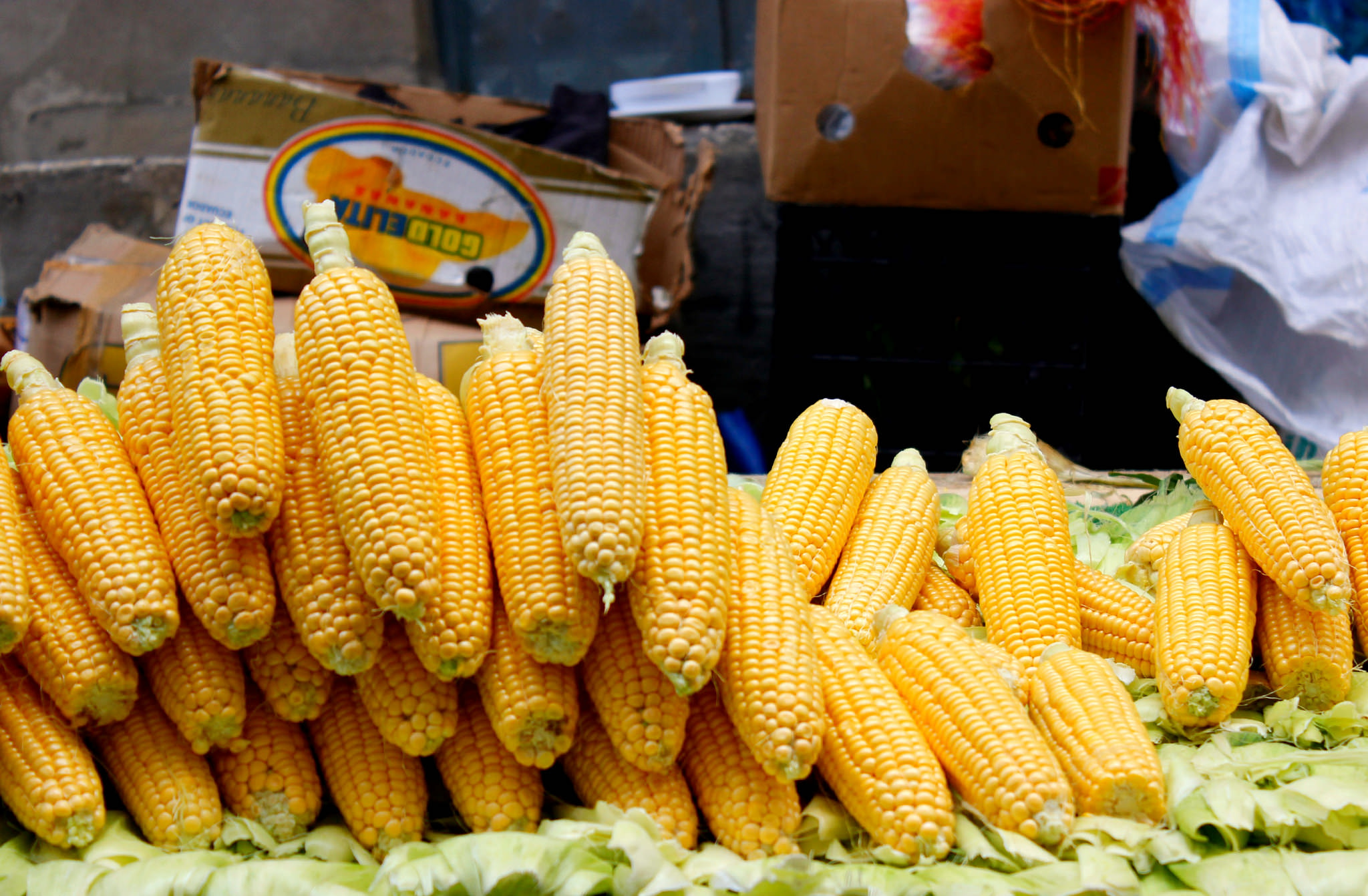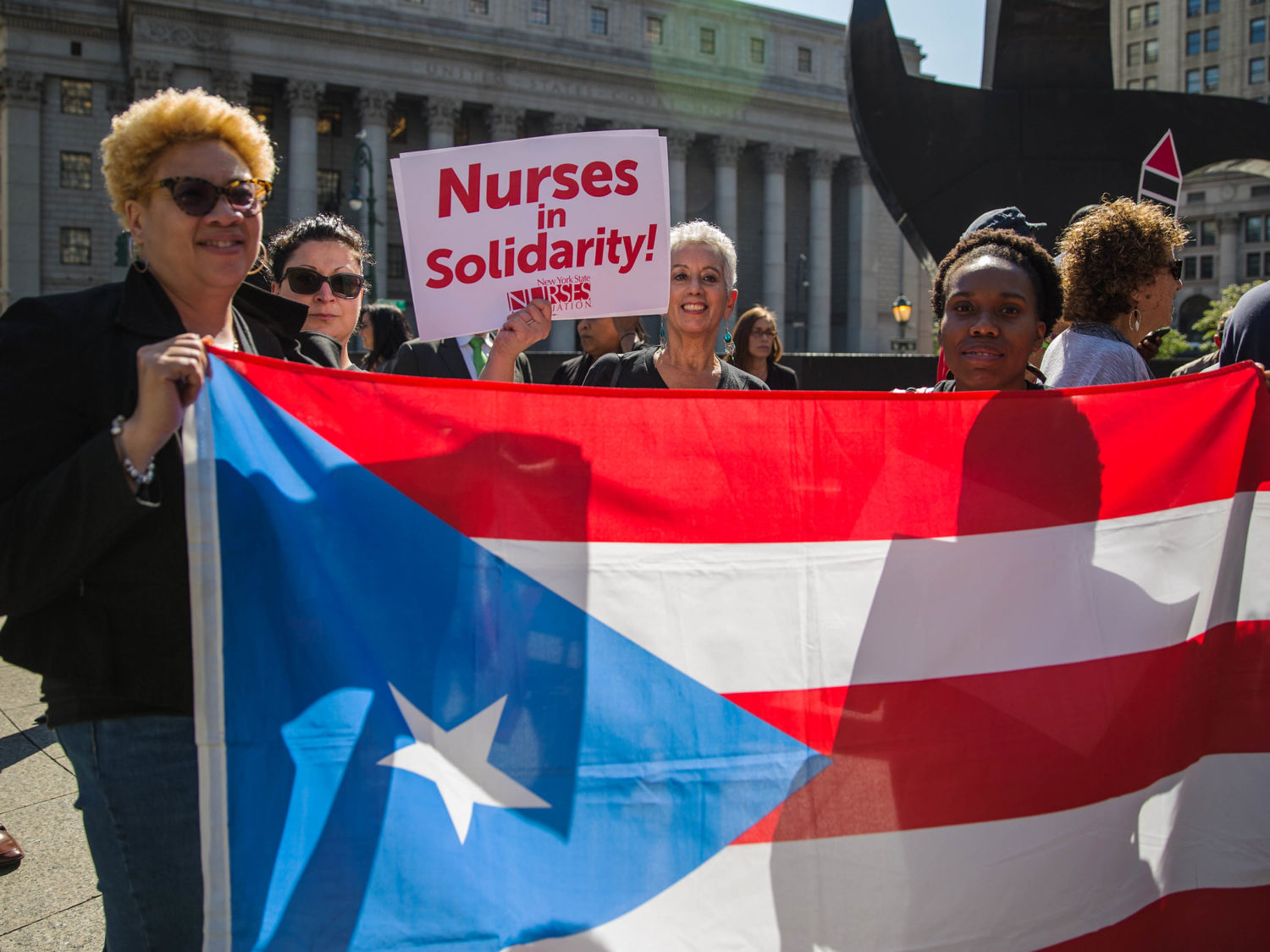Let’s get one thing out of the way up front. Sara Cilloni and Simone Zimmer are not blithering numbskulls, at least as far as I know. Their lawyer, Aubry Wand, is almost certainly possessed of enough intelligence to, say, pour piss out of a boot, even if the instructions aren’t written on the heel.
I only bring it up because the idea of severe mental incapacity is certain to wonder as I tell you about the lawsuit the three have launched in United States District Court, Northern District of California—the Food Court, as some folks call it. But rest assured. There’s a much simpler and likelier explanation for their actions than profound lunkheadedness.
Whether that fact makes you think better of them is something you’ll have to decide for yourself.
The target of Cilloni and Zimmer’s suit is the Craft Beer Alliance, the nation’s ninth-largest brewer, with annual sales topping $200 million of such brands as Red Hook Ale, Square Mile Cider, and Kona. By any reasonable definition, it’s too big to be a “real” craft brewery. But that’s not C&Z’s problem. Instead, they’re focused on Kona, with which both of them had the same awful experience: They bought some and drank it, persuaded by the surfboards and palm trees and general tropicalness of the packaging, that they were getting beer actually made in Hawaii, only to discover—too late—that it wasn’t.
The horror. The horror.
Anyway, you can read all about the alleged deception in C&Z’s complaint, much of which is devoted to running through Kona’s list of products and showing how they mislead the unwary. Here’s what they have to say about Kona’s Fire Rock Pale Ale:
“The name Fire Rock Pale Ale refers to volcanoes and the geographical uniqueness of Hawaii. There is imagery of the Kilauea Volcano (one of Hawaii’s active volcanoes) with lava flowing into the ocean on both the bottle label and the packaging. It also states on both the bottle label and the cardboard packaging, ‘Kilauea Caldera. The power and copper glow of molten lava flowing to the sea from the Big Island’s Kilauea Caldera is evoked in our Fire Rock Pale Ale.’
“On the label of the neck of the bottle it states, ‘Active volcanoes on the Big Island of Hawaii leave visitors awestruck by their power. The glow of lava as it meets the ocean is an amazing sight. Our Fire Rock Pale Ale is inspired by this place with a bright copper color and rich roasted malt taste. Aloha!’”
The complaint goes on like this for pages, until you want to fling yourself into the shade of a palm tree and play your ukulele. It’s a nice summary of Hawaiian imagery co-opted in the service of romanticizing barley and hops. But it never quite gets around to saying that the beer is made in Hawaii.
Which most of it is not. Kona was started in Hawaii, and it still brews about 10,000 barrels a year there, mostly for its brew-pub business. The rest of its output is produced in Washington, Oregon, Tennessee, and New Hampshire. How could a person possibly know that fact? Because Kona prints it on the packaging—packaging that C&Z include in their complaint. Kona spreads out the brewing to reduce its carbon footprint, and it engages in all sorts of water testing and quality control to ensure that the beer made on the mainland tastes the same as the beer made in the islands. And how could a person know that? Never mind—you see where this is going.
So the packaging specifically doesn’t say that the product was made in Hawaii. It specifically does say that it’s made elsewhere. And the packaging looks all islandy. C&S were totally hoodwinked, or so they say.
About now, those suspicions of crippling stupidity should be kicking in. But as I said, don’t worry.
The fact is that we’re in the midst of an epidemic of food-related class action suits these days. According to the U.S. Chamber Institute for Legal Reform (ILR) in a new report, there were only about 40 active food marketing suits in 2008. In 2015–2016, there were 425 in the federal courts alone, with 170 filed or moved to federal court in 2016 alone. There are tons of suits over use of the word “natural,” lots over underfilled packages (which we wrote about here). There are suits against liquors that claim to be “handmade,” suits against Greek yogurt that doesn’t come from Greece, there was even a suit arguing that customers would falsely conclude that the “crunchberries” in Cap’n Krunch cereal were actual fruit. In context, the Kona suit isn’t noteworthily goofy, just middle of the pack. And as the ILR notes, “Courts are reluctant to promptly dismiss all but the most ridiculous or deficient of complaints.”
Why so many suits? I wish I could tell you it was out of a rising tide of righteous indignation over abuses of the public. In fact, it seems to be much more about making money for lawyers. ILR explains the economics: Many suits are settled, because the company thinks it’s better to spend $25,000 on getting the plaintiffs to withdraw instead of $150,000 or $200,000 to get it thrown out—and risk having to go to trial. When the case is settled, the lawyer gets paid, the named plaintiffs get paid, and other consumers get nothing, even if they were actually injured.
And if the plaintiffs prevail in court? Typically, the lawyers get a lot of money, the named plaintiffs get a few hundred to a few thousand dollars, and everyone else who joins the action gets close to nothing. For example, when Red Bull agreed to settle a suit over its “Red Bull gives you wings” campaign, which supposedly deceived customers into thinking Red Bull was much more effective than, say, coffee, it paid about $13 million. The lawyers got roughly $3.5 million in fees and expenses. Ten named plaintiffs got $5,000 apiece. Everyone else got a coupon for a four-pack of Red Bull or a check for $4.23. When Subway settled a case alleging that its foot-long sandwiches were less than 12 inches long, the lawyers took half a million, ten named plaintiffs got $500, and the consumers got nothing—and that for what was reportedly a loser of a case.
At any rate, now that a group of lawyers have sensed blood in the water, we can look forward to more of these suits, many of them launched by the same lawyers, and occasionally even with the same plaintiffs, who apparently spend their lives wandering the aisles of the grocery store, ever hopeful and then ever disappointed. A few suits are getting to the appellate level now, which may change the ground rules a bit, and if the Food and Drug Administration and United States Department of Agriculture come up with simple, workable definitions for “natural” and “healthy,” a few suits might go away. The ILR has some suggestions for policy reforms that might help. (The best one involves paying the lawyers less.)
I don’t know how much reform we really want to see, though. There really is false advertising out there. People really are deceived. And we need tools to go after predatory companies when legislatures and regulatory agencies fail to. It would be great if unscrupulous use of those tools didn’t cost us so much. (ILR estimates that U.S. companies spend a half billion dollars defending against class action suits. Presumably every nickel of that gets tacked onto the price of the things we buy.) But consumers have few enough protections. Let’s not give up this one.
In the meantime, if someone would like to pay me a few thousand dollars to buy something and then be shockingly disappointed by it, let me know. I can be as gullible as the next guy.
